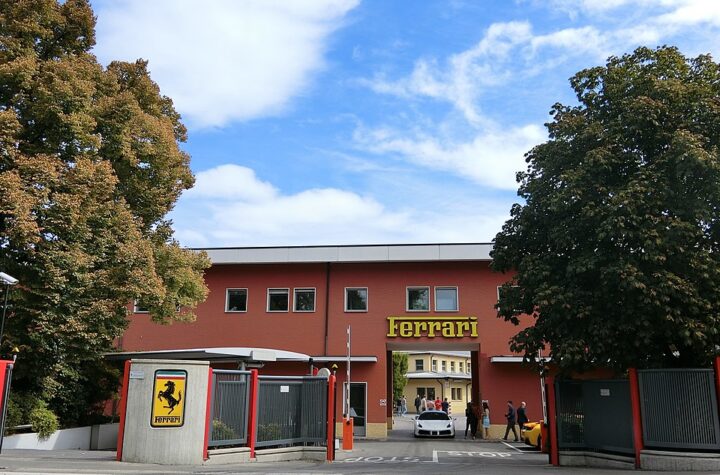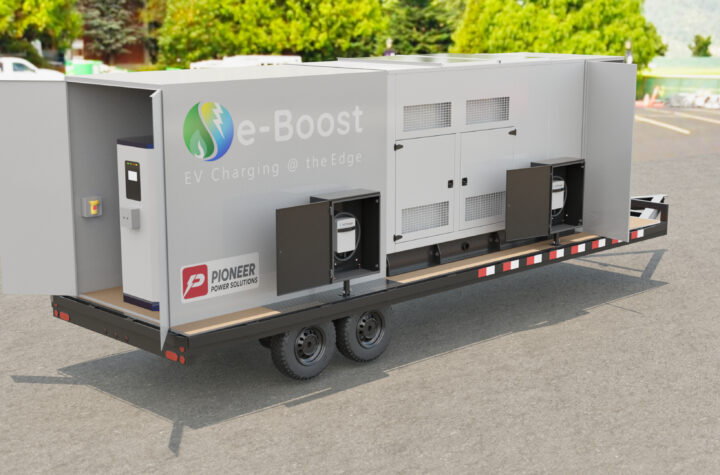High-speed robotic leak-detection systems are expected to take the place of many slower, more conventional test methods used by automakers and their suppliers over the next several years.
“The need for modern, high-speed, but accurate test methods has increased dramatically in recent years along with a growing interest in electric vehicles,” said Thomas Parker, INFICON’s North American automotive sales manager.
He added that robotic leak detection will help solve a number of production-related issues, especially problems associated with electric-vehicle (EV) batteries and gasoline direct-injection engines where test speed and accuracy are needed.
“State-of-the-art leak-detection methods will be key to achieving quality throughout automotive supplier and OEM production processes,” Parker said.
Robotic testing will be especially helpful in testing an ever-growing number of EV batteries, he noted, adding that the production of EV batteries is expected to climb by more than 400 percent by 2024.
EV batteries are potentially dangerous if electrolyte leaks occur or if water and humidity enter into a battery pack or cell. Speaking at this year’s Automotive Testing Expo (Oct. 23-25) at the Suburban Collection Showplace in Novi, Parker also cautioned that leaks in a battery’s cooling circuit can cause a “thermal runaway” which could lead to an explosion or a fire that might reach up to 1,100 degrees Centigrade.
He explained that robotic leak detection for the auto industry can include both static and dynamic testing. Stationary tests employ a robotic arm equipped with a “sniffer” probe that moves to pre-selected points on a test part, then remain stationary for a defined period of time. “Dwell” times are based on potential leak rates at each point.
During a dynamic test, a robotic arm moves a “sniffer” probe in a continuous path along a test part’s surface. Accuracy is based on the distance maintained between the part and the sniffer probe; the speed at which the robotic arm travels, and how much air and test gas the leak detector is able to “sniff.”
INFICON recently introduced a new leak-detection system capable of locating extremely small EV battery leaks at much faster rates than conventional systems. The new INFICON XL3000flex is designed to “sniff” small leaks up to 20 times faster than most current systems.
INFICON leak-detection experts will be available to discuss robotic leak detection methods and the importance of leak testing EV battery systems at the company’s exhibit (Booth #11014) at The Automotive Testing Expo.
A leading global supplier of leak-detection equipment for the auto industry, INFICON also has published a white paper on the importance of leak testing EV battery systems. It is available at: www.inficon.com/en/markets/automotive/e-mobility-white-paper/
ABOUT INFICON
INFICON is one of the world’s leading developers, producers and suppliers of instruments and devices for leak detection in air conditioning, refrigeration and automotive manufacturing. The company has manufacturing facilities in Europe, China and the United States, as well as sales and service offices throughout the world.














More Stories
Renesas Introduces New MOSFETs with Exceptional Performance
VicOne at CES 2025 Showcases Award-winning Cybersecurity Portfolio and Emphasize Growing Range of Best-of-Breed Partnerships
Pioneer Announces e-Boost Order Valued at $1.3 Million